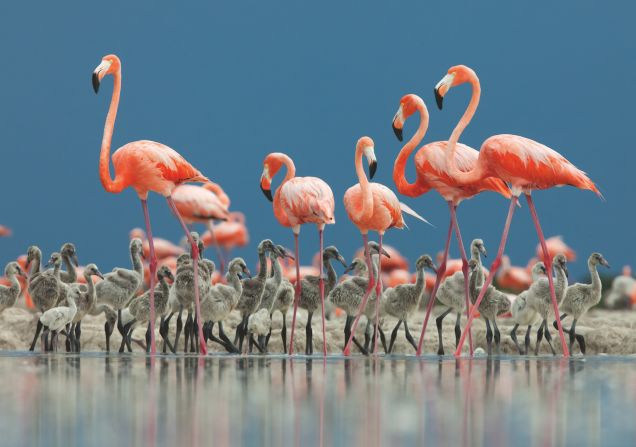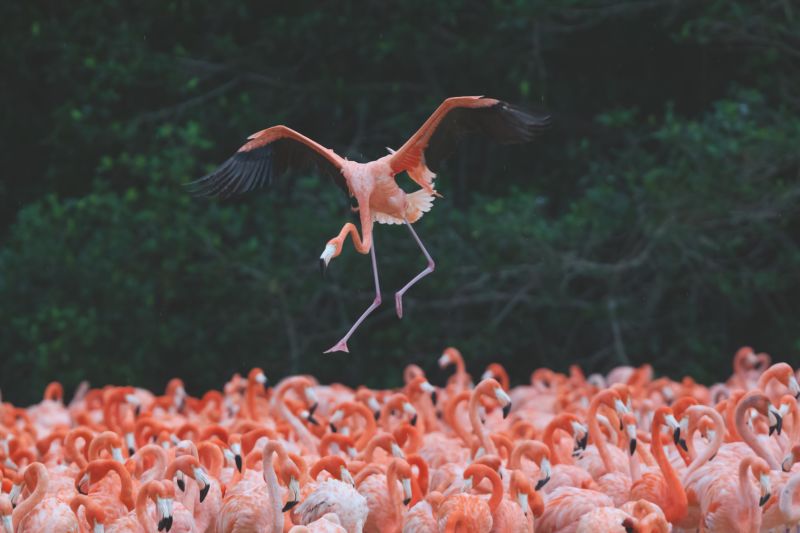Flamingos: Nature’s Vibrant Birds
As a child, photographer Claudio Contreras Koob explored the coast of the Yucatán Peninsula, Mexico, with his father every summer. He spent countless hours observing flamingos in the wetlands behind their holiday home. Decades later, he continues to share his obsession with these iconic species.
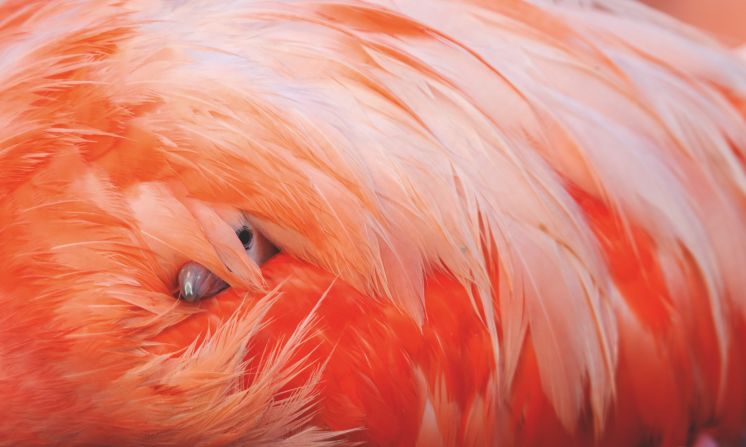
The Social Nature of Flamingos
Flamingos are social creatures that congregate in large groups known as a flamboyance or a colony. Koob dedicated a decade to capturing 120 stunning photos of these magnificent birds, earning their trust and carefully photographing them in two notable reserves in Yucatán. The Ría Celestún Biosphere Reserve, Yucatán (shown below), stands out as one of their prime feeding habitats.
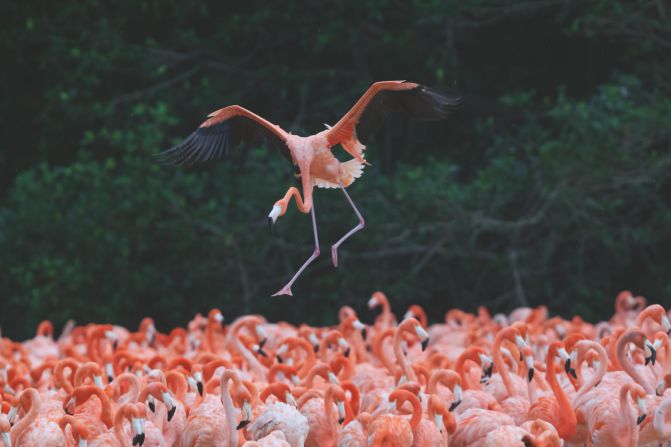
The Vibrant Colors of Flamingos
Flamingos acquire their striking pink coloration by consuming algae and brine shrimp that contain carotenoids, a reddish-orange pigment. The intensity of a flamingo’s color serves as an indicator of its health and acts as a signal to attract potential mates.
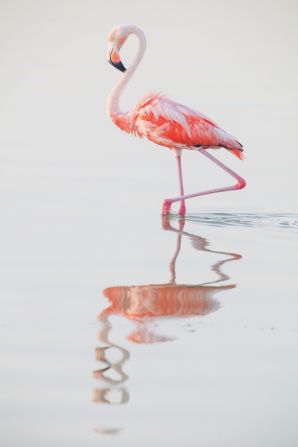
Conservation Efforts in Mexico
Mexico has taken significant steps to safeguard the salty, brackish waters and wetlands that flamingos call home. Two major reserves, Ría Lagartos and Ría Celestún, have been established to protect these environments, providing crucial nesting and feeding sites for the flamingos.
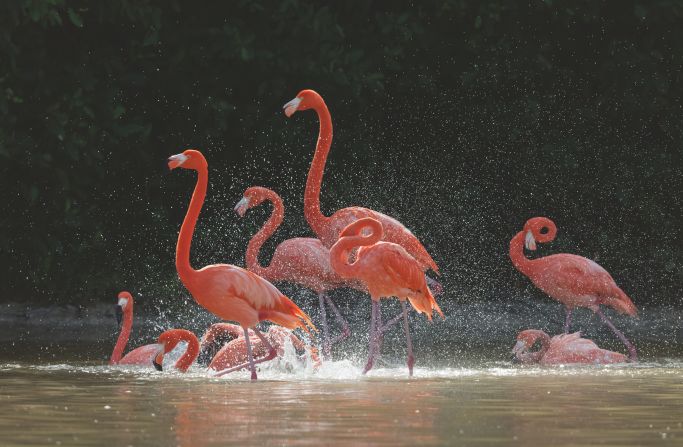
The Migration Habits of Flamingos
Every year, flamingos migrate, usually during nighttime and often covering extensive distances. Research through tagging by Mexico’s Flamingo Conservation Program has revealed that these Yucatán colonies travel as far as the Bahamas, the United States, and Cuba.
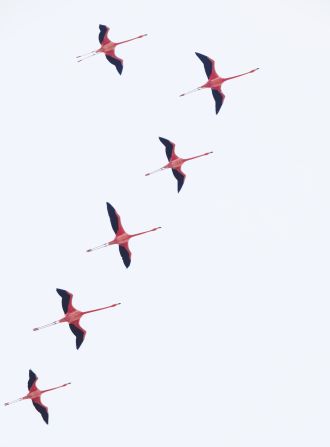
Nesting and Breeding Practices
Flamingos construct volcano-shaped nests from mud, which typically holds a single large egg. The Ría Lagartos Biosphere Reserve in the Yucatán Peninsula is a favored breeding site. In the last assessment by the National Commission of Natural Protected Areas (CONANP), approximately 15,000 nests were reported at Ría Lagartos.

Incubation and Chick Development
Flamingo eggs incubate for about a month before hatching. Parents recognize their young by the distinct sound of their calls, only feeding their own chicks.
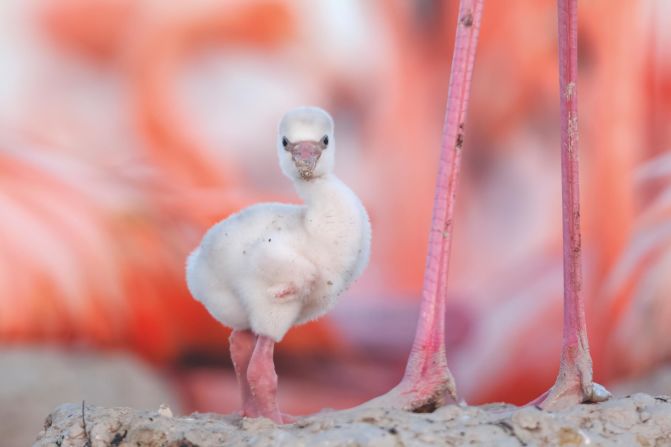
Chicks exhibit a natural curiosity, often exploring their surroundings. To keep their young safe in the nest, adult flamingos try to hold them between their feet.
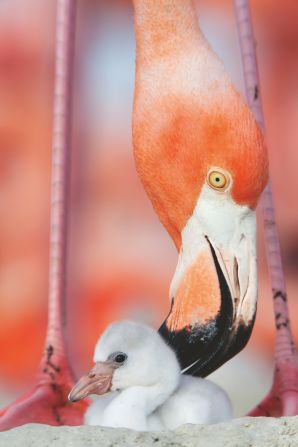
Both male and female flamingos nurture their chicks by producing a nutritious substance known as “crop milk.” This unique food source closely resembles mammal milk in fat and protein content and is essential for the chicks’ growth, helping them develop their first pink feathers.
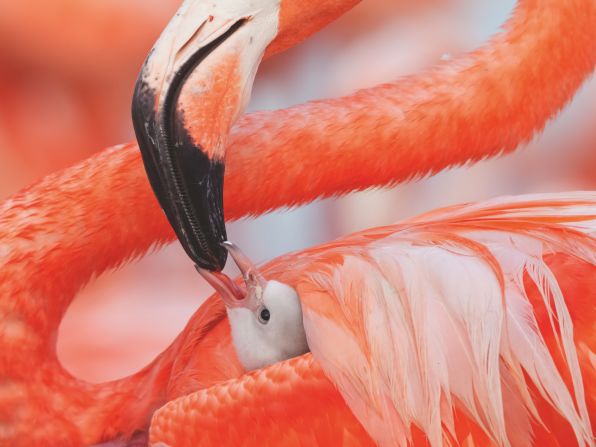
At around five to twelve days old, flamingo chicks leave the nest, beginning to transition from their downy grey feathers to adult plumage. They rely on their parents for nourishment until they reach approximately three months of age, when they can start feeding independently.
